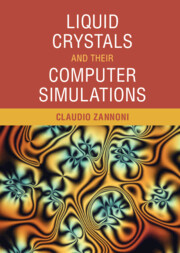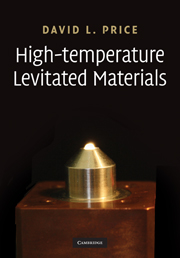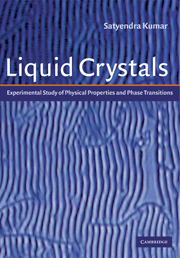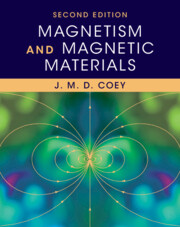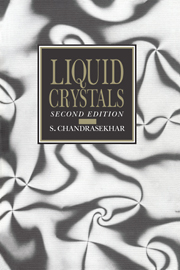Liquid Crystals and their Computer Simulations
Standing as the first unified textbook on the subject, Liquid Crystals and Their Computer Simulations provides a comprehensive and up-to-date treatment of liquid crystals and of their Monte Carlo and molecular dynamics computer simulations. Liquid crystals have a complex physical nature, and, therefore, computer simulations are a key element of research in this field. This modern text develops a uniform formalism for addressing various spectroscopic techniques and other experimental methods for studying phase transitions of liquid crystals, and emphasises the links between their molecular organisation and observable static and dynamic properties. Aided by the inclusion of a set of Appendices containing detailed mathematical background and derivations, this book is accessible to a broad and multidisciplinary audience. Primarily intended for graduate students and academic researchers, it is also an invaluable reference for industrial researchers working on the development of liquid crystal display technology.
- The first book to present a unified perspective on liquid crystals and their computer simulations
- A comprehensive and self-contained point of access for a highly interdisciplinary subject
- Introduces the necessary theory and methodology required to link experiments with computer simulations in a manner accessible to audiences without specialised knowledge of the field
Reviews & endorsements
'This is the first comprehensive textbook on computer simulations of liquid crystals, written by its pioneer and white knight, Prof. Claudio Zannoni. The book's unique quality is in its demonstration of how the often-mysterious properties of liquid crystals are shaped by microscopic interactions. The presentation follows decades of world-leading research by the author and his group in Bologna and is a must-read for both newcomers and experts in the science of liquid crystals; it will also benefit scientists in other fields, most notably soft matter.' Oleg D. Lavrentovich, Kent State University
'Prof. Zannoni's book provides a comprehensive introduction to liquid crystals and how to simulate them … Liquid crystals compose a particularly interesting area of soft matter, where models of different resolution can provide different insights into phases and their properties. As such, the book covers a range of models from lattice simulations to coarse-grained molecular models, to atomistic models. Many of these models have been used, and in some cases developed, by Prof. Zannoni himself over the course of an illustrious scientific career in the field … This is an extraordinarily detailed book and will provide researchers who are new to the field with a lifetime's worth of background knowledge, state-of-the-art results, and references. It is absolutely a 'must-read' for anybody starting out in the fields of liquid crystals and molecular simulation.' Mark Wilson, University of Durham
'[This] impressive book gives a comprehensive account of the science of liquid crystals, from the microscopic, molecular, viewpoint… The title somewhat under-sells the full scope of the book, which embraces experiment and theory as well as simulation. Indeed, the book explains how we use a whole range of experimental techniques, as well as the detailed information generated by molecular dynamics and Monte Carlo simulations, to understand how and why molecules form mesophases, how they are arranged, and how they move… this is a wonderful piece of work, containing a wealth of information and detail, and it indeed fills a large gap in the field. The scope is extremely ambitious, especially considering the necessary mathematical background, but Professor Zannoni has succeeded admirably in covering such a range, while making it so readable… extremely useful, both as a reference for established researchers in the field, and as a starting-out point for graduate students.' Michael P. Allen, Liquid Crystals Today
Product details
July 2022Adobe eBook Reader
9781108337328
0 pages
This ISBN is for an eBook version which is distributed on our behalf by a third party.
Table of Contents
- Preface. 1. Phases and mesophases
- 2. Phase transitions
- 3. Order parameters
- 4. Distributions
- 5. Particle-particle interactions
- 6. Dynamics
- 7. Molecular theories
- 8. Monte Carlo
- 9. Molecular dynamics
- 10. Lattice models
- 11. Molecular simulations
- 12. Atomistic simulations. Appendices. References. Subject index.

